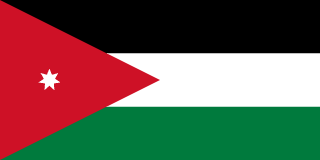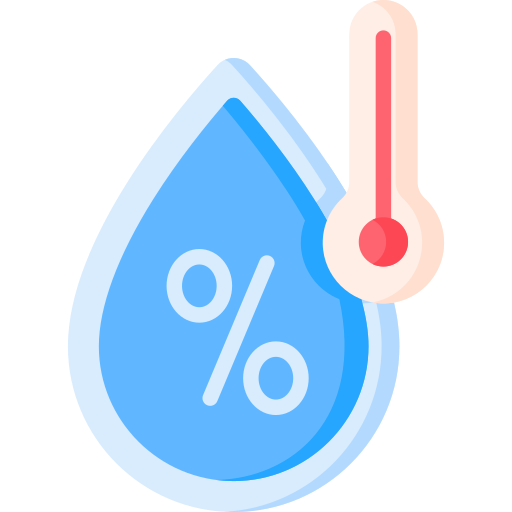Amman - Introduction

About Amman
Amman Current Weather
Amman, Jordan
2025-12-29 15:45
Moderate rain
10.2°C
Temperature:10.2°C |
50.4°F
Feels like:6.5°C |
43.6°F
Other weather information:
| Parameter | Value |
|---|---|
Wind 
|
36 km/h |
Pressure 
|
1011 mb |
Humidity 
|
87% |
Visibility 
|
2 km |
UV Index 
|
0.2 |
Precip 
|
1.4 |